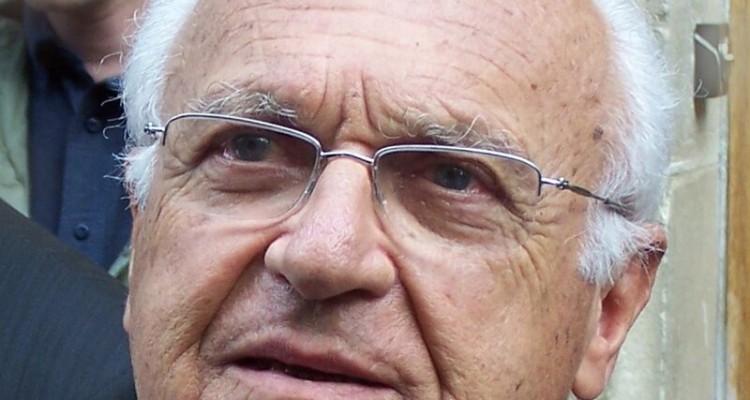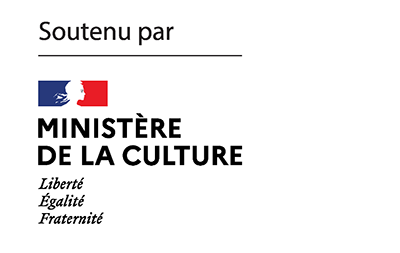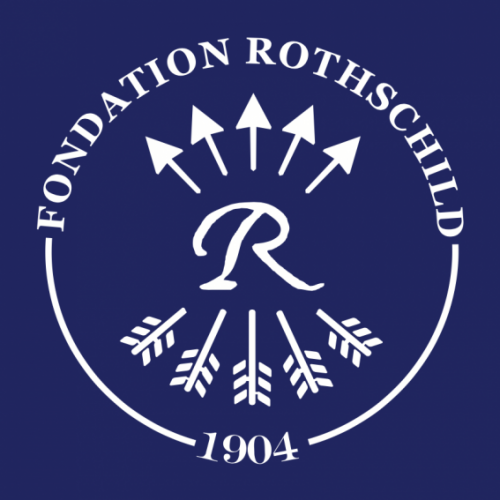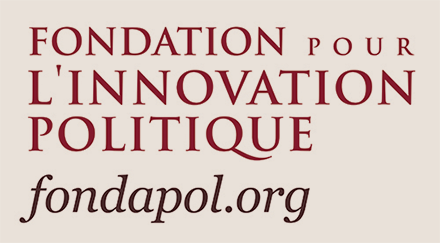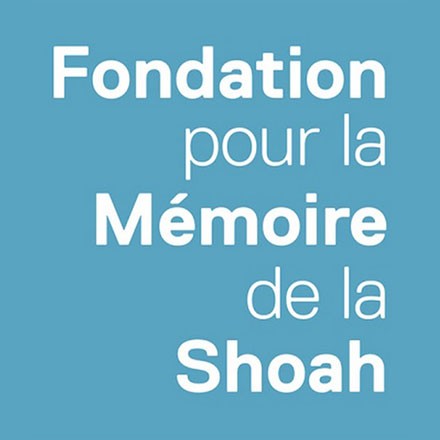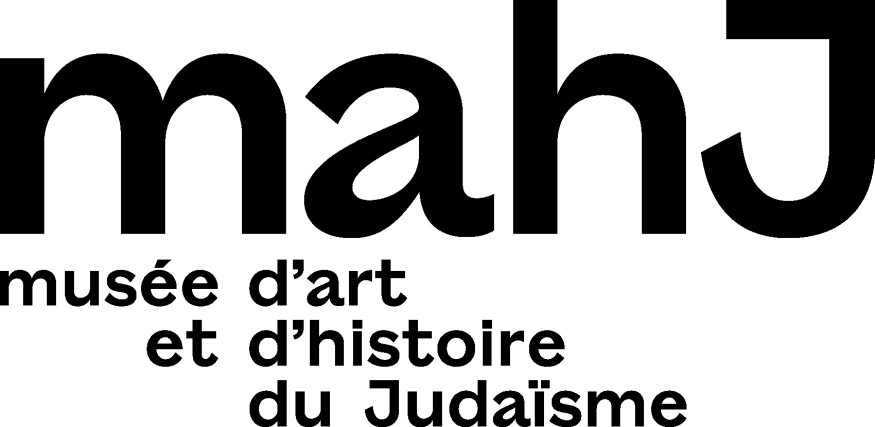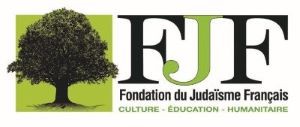The antizionism that dominated the 2001 UN “World Conference against Racism” was neither a completely “new antisemitism” nor was it simply the latest manifestation of an ahistorical and eternal phenomenon. During the peace process in the late 80s and 90s, the intensifying focus on Israel as a key symbol of all that was bad in the world had been in remission, but at Durban, the 1970s “Zionism=Racism” culture returned. Many participants internalized and embraced the reconfigured antizionism. Others failed to speak out, even when they witnessed the recognizable older antisemitic tropes with which it came intertwined. The proposal to agree that Zionism was the key symbolic form of racism in the world after the fall of apartheid offered unity across different movements and milieus: post-colonialism, human rights and humanitarian law; the women’s movement, anti-racism, much of the global left and NGOs; even oppressive governments if they positioned themselves as anti-imperialist or “Islamic.” Activists, diplomats, and UN personnel at Durban were not passively infected by this antizionist ideology, they chose actively to embrace it or to tolerate it. Based on elements of truth, exaggeration, and invention, and made plausible by half-visible fragments of older antisemitisms, Durban antizionism was attractive because it offered an emotionally potent way of imagining and communicating all that “good people” oppose and that they have difficulty facing rationally. It portrayed racism, and in the end oppression itself, with an Israeli face. Delegates brought this worldview home to where they lived and to the spheres in which they operated intellectually and politically. They worked to make Durban antizionism into the radical common sense of the twenty-first century. There were people at the conference and in antihegemonic spaces around the world who understood the dangers of a unity built around opposition to a universal Jewish threat, but they found themselves on the defensive against a self-confident, formidable, and ostensibly coherent ideology or worldview.
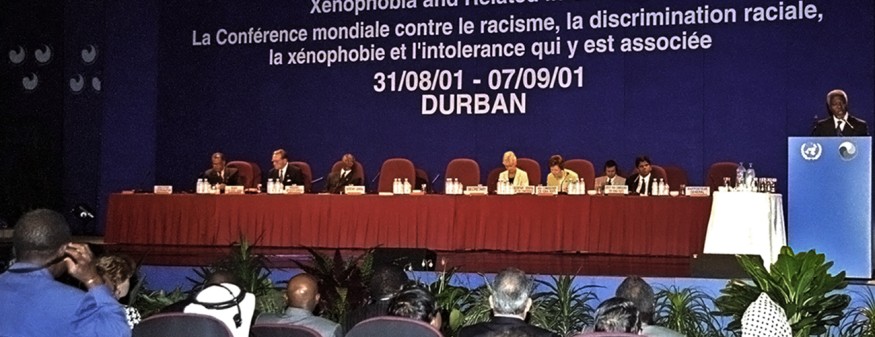
Wherever you turn, Israel is compared to Nazi Germany. Posters associate Israel with the former South African regime and its apartheid policies. Everywhere, there are images of suffering Palestinian children. Arab women display photos of their “martyred” husbands, killed during the Second Intifada.
The stand of the Arab Lawyers Union is selling The Protocols of the Elders of Zion. Caricatures are hung up. One of them depicts a rabbi with The Protocols of the Elders of Zion under his arm and an Israeli army cap on his head. Another poster describes how the Jews make their bread: with the blood of Muslims.
Joëlle Fiss, Durban Diary
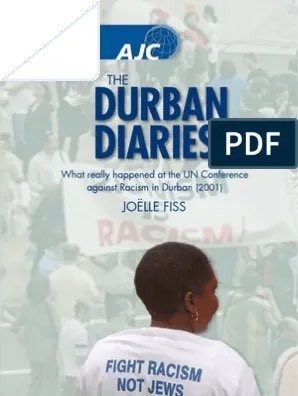
Durban was a super-spreader event for a new variant of the antisemitism virus. This new variant was especially well-adapted to thrive in populations which were thought to have already been vaccinated against racism and other bigotries. It had been assumed that the experience of the Holocaust had functioned like a vaccine, achieving effective herd immunity for antisemitism in human populations. It turns out that existing vaccines fail to inhibit the new variant. In fact the new variant has evolved a mechanism that specifically makes use of the complacency caused by the existing vaccination programs to make its way around the natural defenses of populations that believe themselves to be immune to racism.
Perhaps this 2021 reconfiguration of the virus metaphor for antisemitism helps us to think about the significance of Durban even if we have to overlook, for the moment, the well-rehearsed shortcomings of the analogy. Should one judge that Durban was not especially significant because the antisemitism that erupted there was little more than a continuation of what was always present? Or should Durban be thought of as a moment of creation, of what was at the time named the “new antisemitism.”5 The super-spreader metaphor positions Durban as a significant step-change, but not as an innovator of something completely new.
The conference was attended by people from all over the world who were influential, or who would become influential: in government and civil society, in non-governmental organizations (NGOs), as well as in left wing, antiracist, and feminist movements and their associated scholarly spaces. The worldview that was consolidated at Durban was to become influential in academia as well as in human rights and international humanitarian law circles, in teaching, journalism, and the arts, in practical and activist politics and in more scholarly and theoretical thinking.
The rest of this text is available (open access) here. It was first published in JCA – Journal of Contemporary Antisemitism, vol. 5, no. 1, 2022, pp. 21-36, under the title “Durban Antizionism: Its Sources, Its Impact, and Its Relation to Older Anti-Jewish Ideologies”. It is one of the chapters in the forthcoming book The Rebirth of Antisemitism in the 21st Century: From the Academic Boycott Campaign into the Mainstream Edited by David Hirsh, which will be part of the “Studies in Contemporary Antisemitism” series, from Routledge Publishing in partnership with the “London Centre for the Study of Contemporary Antisemitism”.


